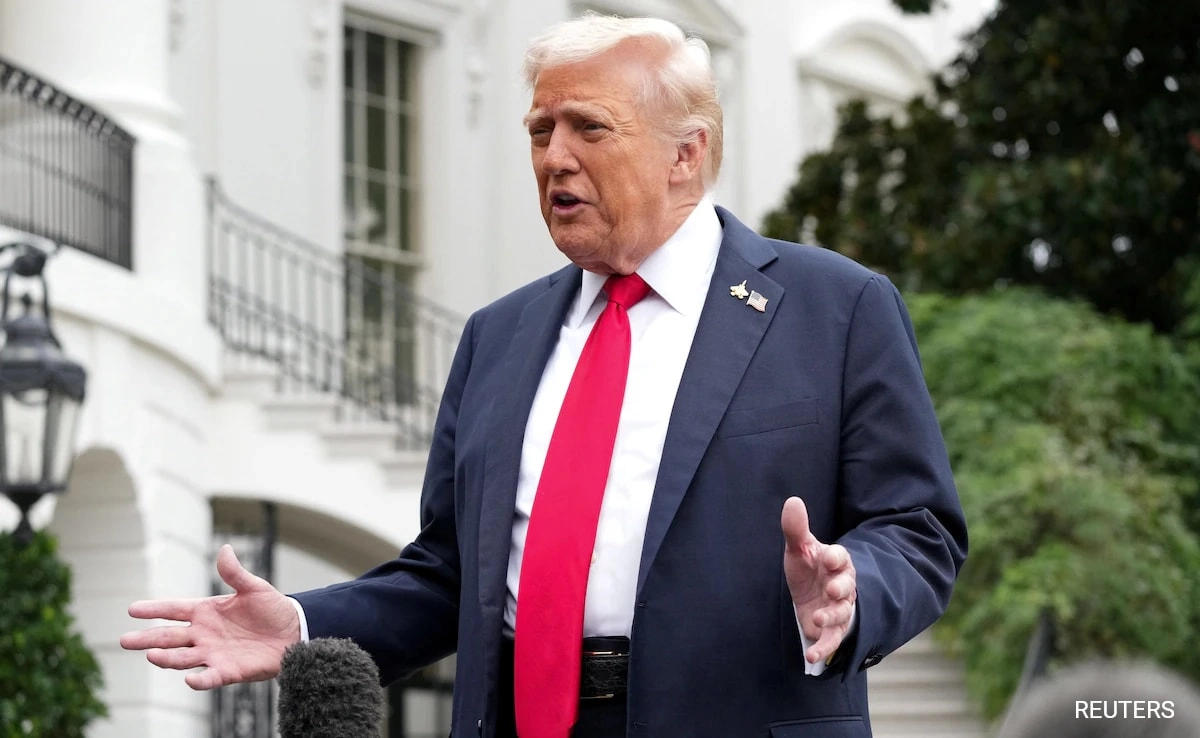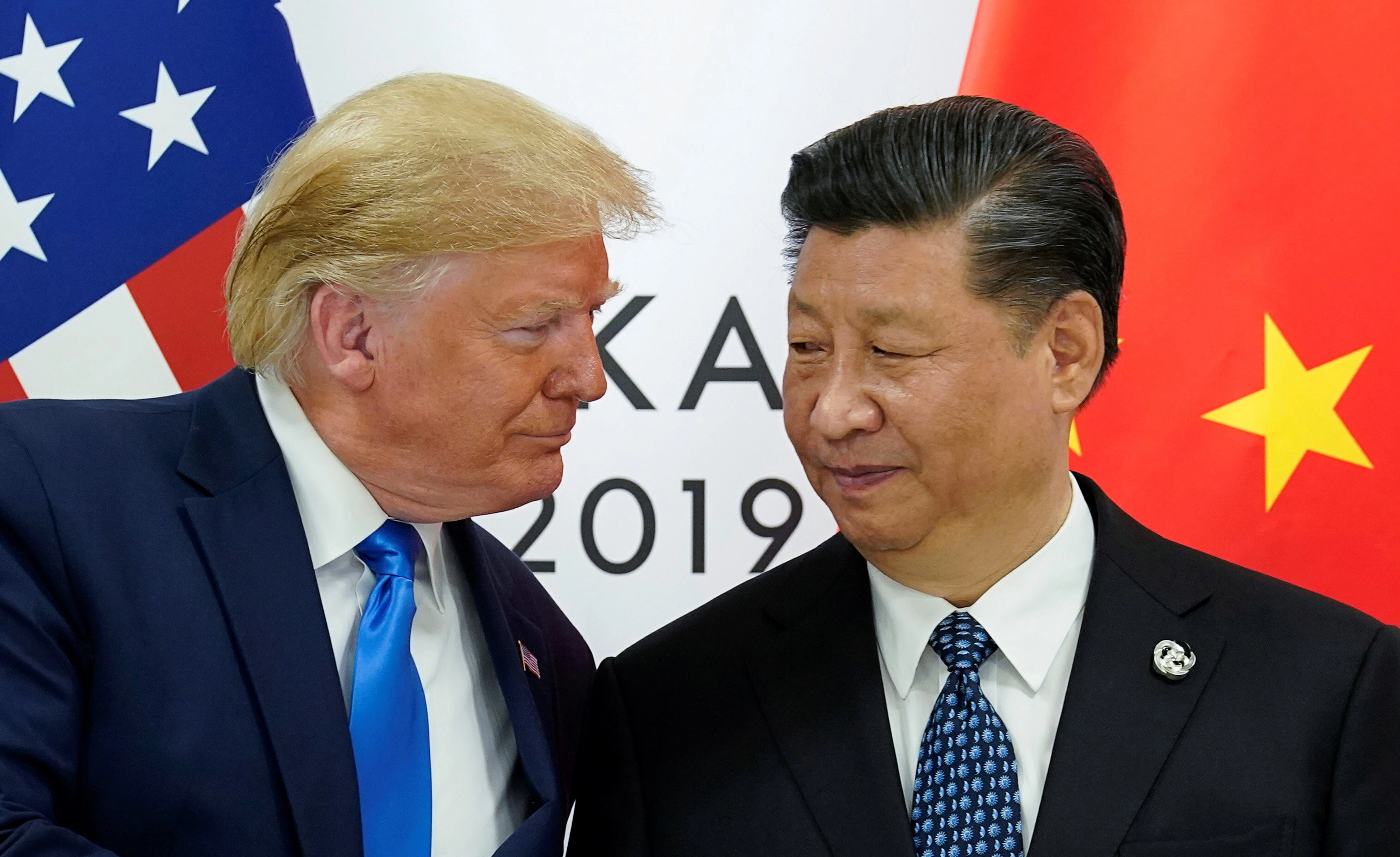In a bold move that has garnered significant attention, former President Donald Trump has unveiled a new 10-point plan aimed at addressing what he describes as “anti-American values” within U.S. universities. This initiative comes in the wake of ongoing debates surrounding free speech, political bias, and the educational curriculum in higher education institutions. Trump’s plan seeks to counter what he perceives as a pervasive culture of liberalism and left-wing ideology that he claims undermines the foundational principles of American democracy.
At the core of Trump’s proposal is a call for increased accountability among universities regarding their funding and operations. He suggests that federal funding should be contingent upon the institutions’ commitment to upholding free speech and promoting a more balanced discourse within their academic environments. This is seen as an effort to dismantle what he characterizes as a monolithic liberal ideology that stifles conservative viewpoints and dissenting opinions. By introducing measures to ensure that universities foster an atmosphere of open dialogue, Trump aims to empower students and faculty to engage in robust discussions without the fear of censorship or backlash.
Additionally, Trump’s plan includes provisions for the implementation of curricula that he believes better reflect American values and history. This aspect of the proposal has sparked considerable debate, as critics argue that it represents an attempt to impose a specific ideological framework on educational content. Proponents, however, assert that it is a necessary response to what they see as a distortion of American history and principles in current educational settings. By advocating for a curriculum that prioritizes patriotism and a more traditional interpretation of American history, Trump seeks to reshape the narrative surrounding the nation’s past and its foundational ideals.
Overall, Trump’s 10-point plan reflects a broader cultural clash regarding the role of higher education in society and the perceived threat of political correctness. As universities continue to grapple with issues of diversity, inclusion, and academic freedom, Trump’s initiative is likely to fuel ongoing discussions about the direction of educational policy in the United States. Whether his proposals will resonate with the electorate or lead to significant changes within academia remains to be seen, but they undoubtedly highlight the deep divisions that exist in American society today.




